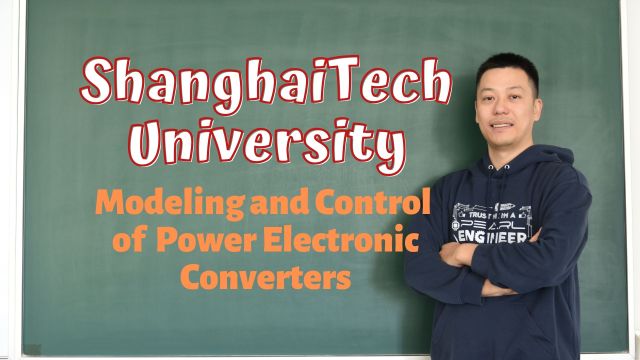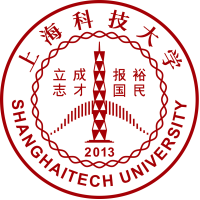课程介绍
An introduction course to switched-mode power converters. The first part of the course treats basic circuit operation, including steady-state converter modeling and analysis, switch realization, discontinuous conduction mode, and transformer-isolated converters. Next, converter dynamics and control are covered, including ac modeling of converters using averaged methods, small-signal transfer functions, and classical feedback loop design. Finally, advanced modeling, analysis and control techniques are covered, including Feedback Theorem; circuit averaging, averaged switch modeling, and simulation; DCM modeling, extra element theorems; and current-programmed control.
课程大纲
Modeling and Control of Power Electronic Converters
Instructor: Haoyu Wang Office: Rm. 3-530, SIST BLDG; wanghy.shanghaitech@gmail.com; (021)2068-5082
Course Website: https://pearl.shanghaitech.edu.cn/teaching/mooc/EE270/
Prerequisite(s): Circuits Theory
Required Text:R. W. Erickson, and D. Maksimovic, Fundamentals of Power Electronics, 3 rd Edition, Springer Science & Business Media, 2020. ISBN: 978-3-030-43879-1
Course Contents:
Introduction
Steady-state converter analysis
DC equivalent circuit modeling
Switch realization
Discontinuous conduction mode
Converter circuits
AC equivalent circuit modeling
Converter transfer functions
System Stability
Negative Feedback & Network Transfer Functions
Regulator Design
Feedback Theorem
Averaged Switch Modeling
Modeling of DCM
Extra element theorems
Current programmed control
High f Dynamics & DCM Modeling
教材教参
R. W. Erickson, and D. Maksimovic, Fundamentals of Power Electronics, 3rd Edition,Springer, 2020. ISBN: 978-3-030-43879-1. ISBN: 978-3-030-43881-4




